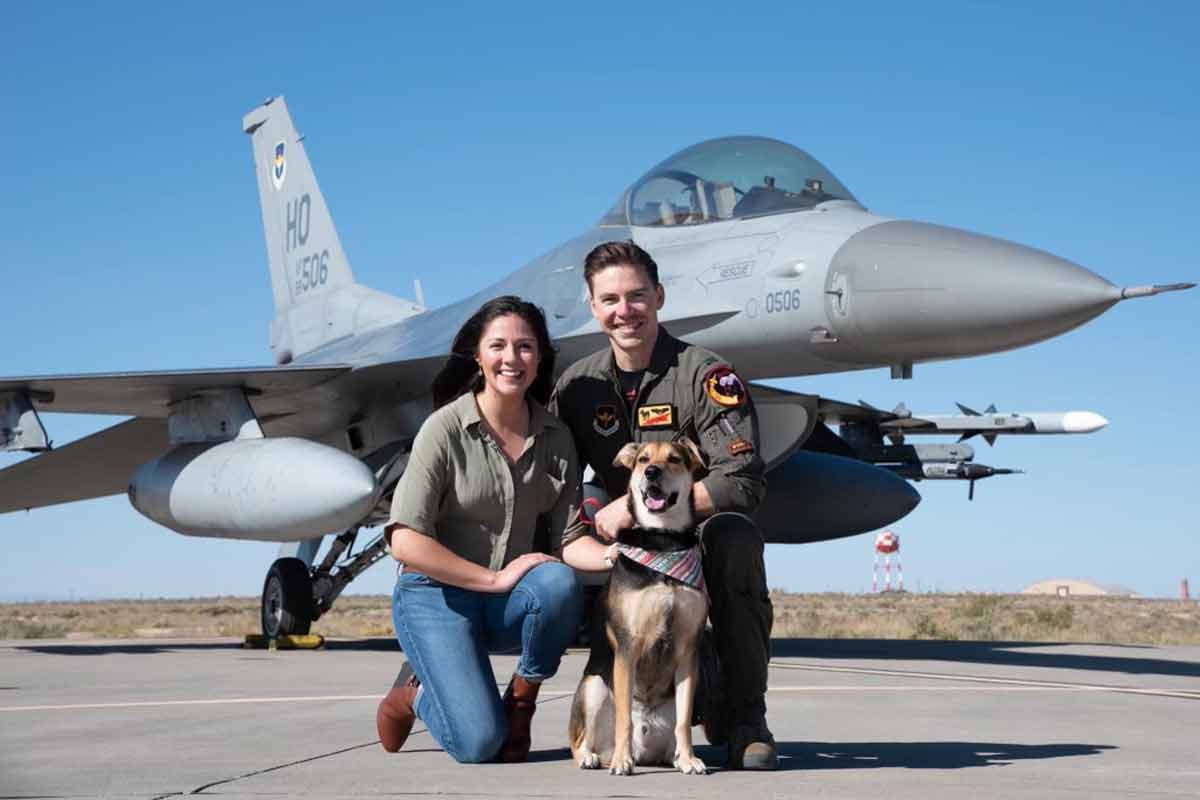The recent death of an Air Force pilot due to an ejection seat malfunction has sent shockwaves through the military aviation community and beyond. This tragic incident, which occurred during a routine training exercise, underscores the critical importance of maintaining and inspecting ejection seat systems and raises questions about the safety protocols and procedures in place to protect pilots.
The Incident
On a clear August morning, an experienced Air Force pilot, identified as Major David Thompson, was conducting a routine training mission in a T-38 Talon jet trainer when the unthinkable happened. During the flight, Major Thompson attempted to activate the ejection seat following an emergency signal. However, a malfunction in the ejection seat system led to a catastrophic failure, resulting in his death.
The incident took place over a designated training area, and an immediate search and rescue operation was launched. Despite the rapid response, Major Thompson’s injuries were fatal. The loss of such a skilled and dedicated pilot has not only deeply affected his family and colleagues but has also prompted an urgent investigation into the circumstances surrounding the malfunction.
Ejection Seat Systems and Their Importance
Ejection seats are a critical safety feature in military aircraft, designed to allow pilots to escape from a disabled or malfunctioning aircraft in emergency situations. The mechanism involves a complex system of pyrotechnics, hydraulics, and electronics that work together to propel the pilot out of the cockpit and deploy a parachute for a controlled descent.
The primary components of an ejection seat system include the ejection handle, which initiates the ejection sequence; the rocket motors, which propel the seat out of the aircraft; and the parachute, which slows the descent and ensures a safe landing. Given the high-speed and high-altitude environments in which military pilots operate, ejection seats are designed to function under extreme conditions and provide a critical lifeline in emergencies.
Investigation and Immediate Actions
Following the tragic incident, the Air Force initiated a comprehensive investigation to determine the cause of the ejection seat malfunction. The investigation involves examining the ejection seat system, the aircraft’s maintenance records, and the circumstances leading up to the malfunction. The goal is to identify any mechanical, procedural, or human errors that may have contributed to the failure.
Preliminary reports indicate that there may have been an issue with the ejection seat’s rocket motors, but a thorough analysis is required to confirm this and identify any contributing factors. The investigation is being conducted by a team of experts, including engineers, safety officers, and aviation specialists, who will work to ensure that all potential causes are examined.
In the wake of the incident, the Air Force has taken immediate steps to address safety concerns. This includes grounding the fleet of T-38 Talon aircraft until a thorough inspection of the ejection seats can be completed. Additionally, all maintenance personnel involved in ejection seat systems are undergoing retraining to reinforce proper procedures and safety protocols.
The Impact on the Air Force Community
The death of Major Thompson has had a profound impact on the Air Force community. Colleagues, friends, and family members have expressed their grief and offered support to the pilot’s loved ones. Major Thompson was known for his dedication to service and his exceptional skill as a pilot. His loss is a significant blow to the Air Force, and his memory is being honored through various tributes and ceremonies.
The incident has also sparked renewed discussions about safety and maintenance protocols within the Air Force. Ensuring the reliability of critical safety systems such as ejection seats is of utmost importance, and the Air Force is committed to learning from this tragedy to prevent similar incidents in the future. The investigation will provide valuable insights into potential areas for improvement and help reinforce safety measures across the fleet.
Lessons and Future Safety Measures
The tragic death of Major Thompson serves as a stark reminder of the inherent risks involved in military aviation and the importance of maintaining rigorous safety standards. While ejection seats have saved countless lives over the years, any malfunction represents a serious threat to pilot safety.
In response to the incident, the Air Force is likely to implement several measures to enhance safety and prevent future occurrences. These may include updates to maintenance procedures, improvements in ejection seat technology, and increased emphasis on pilot training regarding emergency protocols.
The investigation’s findings will be crucial in identifying any systemic issues and ensuring that corrective actions are taken. The goal is to enhance the reliability of ejection seat systems and uphold the highest standards of safety for all military personnel.
Conclusion
The death of Major David Thompson due to an ejection seat malfunction is a somber reminder of the risks faced by military pilots and the importance of maintaining stringent safety measures. As the investigation into the incident continues, the Air Force remains committed to honoring Major Thompson’s memory by ensuring that such tragedies are prevented in the future. The ongoing efforts to improve safety protocols and technology reflect a dedication to protecting the lives of those who serve with valor and commitment.
